Premium Only Content
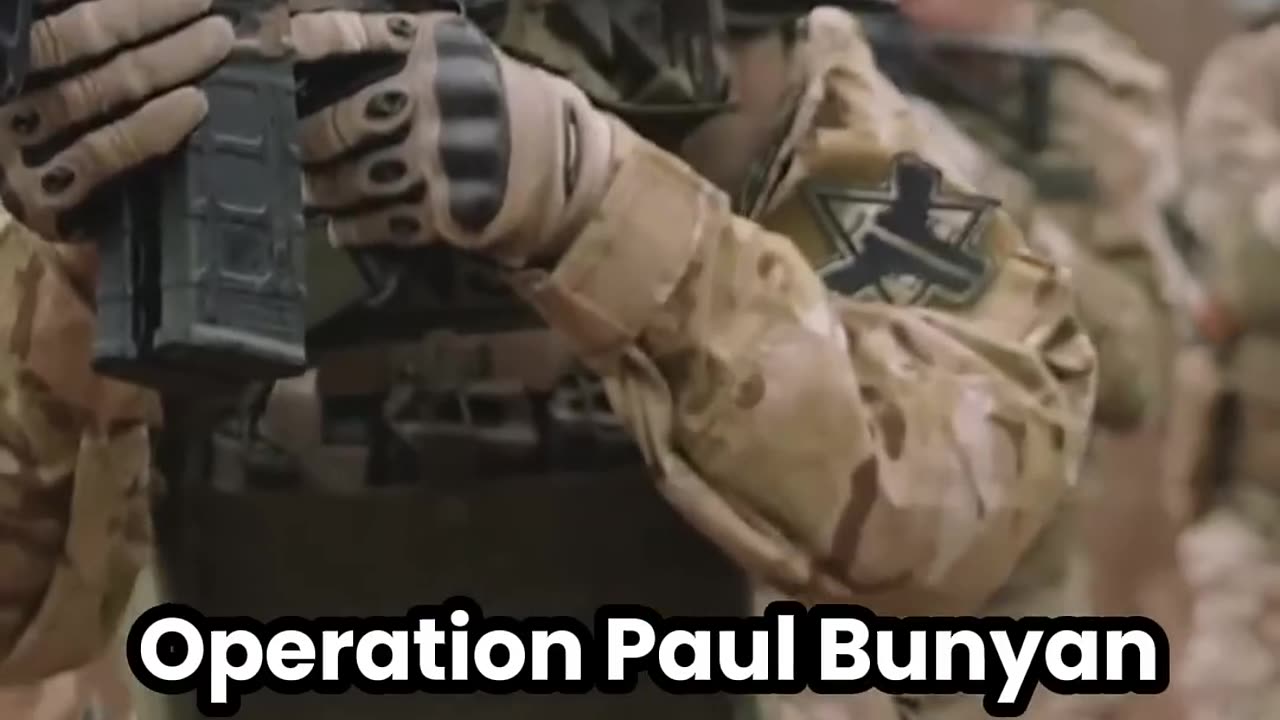
DECADES PROTECTING THE SOUTH KOREAN BORDER AND WE CAN'T EVEN PROTECT OUR OWN!!
DECADES PROTECTING THE SOUTH KOREAN BORDER AND WE CAN'T EVEN PROTECT OUR OWN SOUTH BORDER!!!
The 38th parallel north—which divides the Korean Peninsula roughly in half—was the original boundary between the United States and Soviet Union's brief administration areas of Korea at the end of World War II. Upon the creation of the Democratic People's Republic of Korea (DPRK, informally "North Korea") and the Republic of Korea (ROK, informally "South Korea") in 1948, it became a de facto international border and one of the most tense fronts in the Cold War.
Both the North and the South remained dependent on their sponsor states from 1948 to the outbreak of the Korean War. That conflict, which claimed over three million lives and divided the Korean Peninsula along ideological lines, commenced on 25 June 1950, with a full-front DPRK invasion across the 38th parallel, and ended in 1953 after international intervention pushed the front of the war back to near the 38th parallel.
In the Armistice Agreement of 27 July 1953, the DMZ was created as each side agreed to move their troops back 2,000 m (1.2 miles) from the front line, creating a buffer zone 4 km (2.5 mi) wide. The Military Demarcation Line (MDL) goes through the center of the DMZ and indicates where the front was when the agreement was signed.
Owing to this theoretical stalemate, and genuine hostility between the North and the South, large numbers of troops are stationed along both sides of the line, each side guarding against potential aggression from the other side, even 70 years after its establishment. The armistice agreement explains exactly how many military personnel and what kind of weapons are allowed in the DMZ. Soldiers from both sides may patrol inside the DMZ, but they may not cross the MDL. Sporadic outbreaks of violence in and around the border have killed over 500 South Korean soldiers, 50 American soldiers and 250 North Korean soldiers along the DMZ between 1953 and 1999.[4]
Daeseong-dong (also written Tae Sung Dong and known as “Freedom Village”), in South Korea, and Kijŏng-dong (also known as the "Peace Village"), in North Korea, are the only settlements allowed by the armistice committee to remain within the boundaries of the DMZ.[5] Residents of Tae Sung Dong are governed and protected by the United Nations Command and are generally required to spend at least 240 nights per year in the village to maintain their residency.[5] In 2008, the village had a population of 218 people.[5] The villagers of Tae Sung Dong are direct descendants of people who owned the land before the 1950–53 Korean War.[6]
To continue to deter North Korean incursion, in 2014 the United States government exempted the Korean DMZ from its pledge to eliminate anti-personnel landmines.[7] On 1 October 2018, however, a 20-day process began to remove landmines from both sides of the DMZ.[8]
-
 3:06:01
3:06:01
TimcastIRL
4 hours agoGOP Declares Biden Pardons VOID Over Autopen, DOJ Announces Investigation | Timcast IRL
205K136 -

Laura Loomer
4 hours agoEP153: DEPORT MAMDANI!
21K31 -
 1:03:39
1:03:39
Flyover Conservatives
23 hours agoAre ‘Aliens’ Really Demons? The Coming Digital ID System - Dr. Stella Immanuel; Frequencies of Control - Leigh Dundas | FOC Show
24.8K6 -
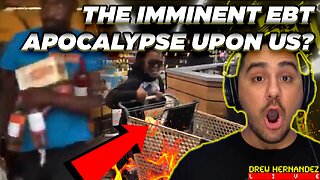 LIVE
LIVE
Drew Hernandez
19 hours agoINCOMING: IMMINENT EBT APOCALYPSE IS UPON US?!
626 watching -
 25:47
25:47
Robbi On The Record
2 days ago $6.28 earnedExposing the OnlyFans Industry (Agency Edition)
24.9K12 -
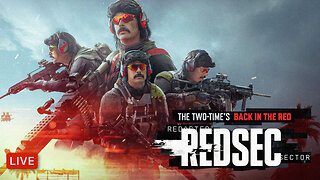 12:15:31
12:15:31
Dr Disrespect
15 hours ago🔴LIVE - DR DISRESPECT - BATTLEFIELD 6 - REDSEC LAUNCH - BATTLE ROYALE
183K22 -
 38:15
38:15
Scammer Payback
9 hours agoThe People's Call Center 2025
13K5 -
 50:10
50:10
Sarah Westall
3 hours agoARPA-H and the Weaponized Architecture for Total Dominance & Surveillance w/ Alix Mayer
22.5K4 -
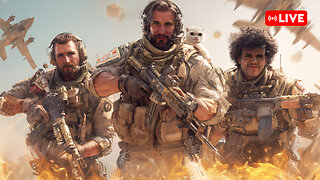 LIVE
LIVE
SpartakusLIVE
15 hours agoREDSEC BATTLE ROYALE || Battlefield 6 w/ The Boys
285 watching -
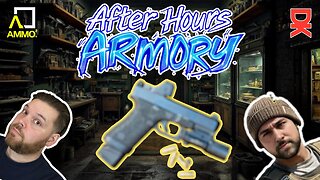 LIVE
LIVE
DLDAfterDark
3 hours agoDLD Live! The Return of Red Dawn - Glock "V" Talk - Sighting In Your Optics & Sights
116 watching